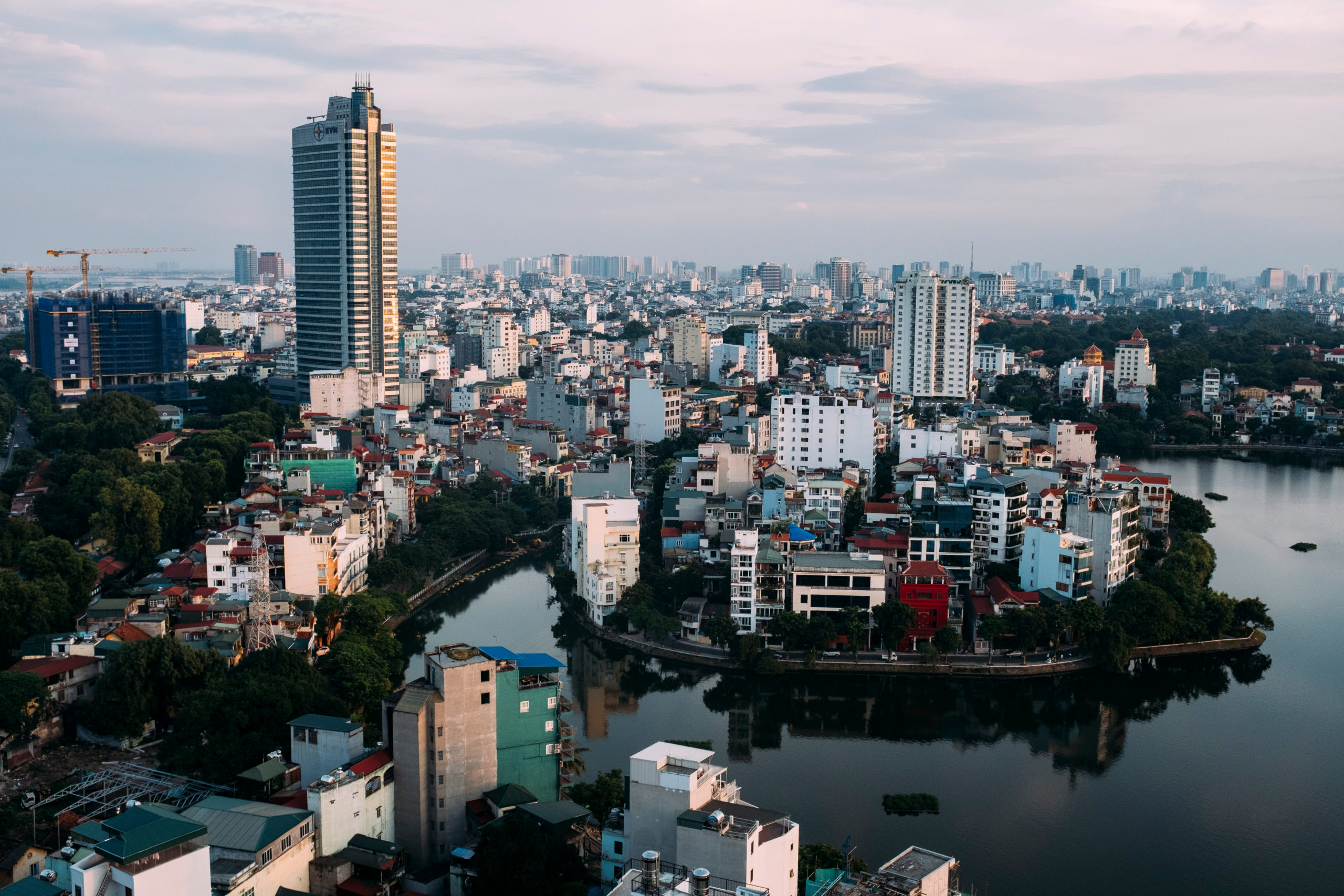15 August, 2019
‘Made in Viet Nam’ products are required to have a localisation rate of 30 per cent and be partly produced in Viet Nam.
This is one of the criteria set by the Ministry of Industry and Trade (MoIT) in a draft circular providing criteria for products eligible to be classified as made in Viet Nam.
The draft circular says that ‘made in Viet Nam’ products should originate or be wholly produced in Viet Nam, including agricultural products or minerals. Otherwise, products should undergo final processing or manufacturing in Viet Nam to fundamentally change the essential qualities of the products to be labelled as such.
In addition, products that do not originate or are totally produced in Viet Nam but meet HS code transformation and have a certain amount of added-value would be considered Vietnamese products. HS code is a set of international standards of names and numbers to classify traded products.
There are two ways to clarify added-value in products. In the direct way, if the goods have the price of raw materials in Viet Nam accounting for 30 per cent of the ex-factory price, then it is considered “Made in Viet Nam”. The indirect way is the ex-factory price minus the price of non-Vietnamese input materials.
For example, with plywood products, enterprises now apply criteria to define the rules of origin as HS code transformation because it is difficult to retrieve the types of wood in plywood panels purchased from which source and providers. Therefore, in case of applying the criteria for HS code transformation, enterprises that buy domestically or import materials to make plywood boards and undertake simple processing would still satisfy the rules of origin.
The draft decree states that goods temporarily imported into Viet Nam for re-export and goods shipped through or transiting Viet Nam are not regarded as Vietnamese products.
According to the ministry, firms will not incur extra costs under the new decree, as requirements on labelling goods and determining the country of origin have long been mandatory, in line with the Government’s Decree 43/2017 on the labelling of goods.
The MoIT expects the criteria set in new circular to be vital in tackling the growing trend of foreign goods forging Viet Nam’s origin. Genuine businesses therefore would not face the risk of being accused of origin fraud and avoiding the threat of litigation and the erosion of consumer trust.
Under current regulations, manufacturers are allowed to label their products as made in Viet Nam themselves.
Recently, many enterprises have taken advantages of this loophole to self-proclaim products as “Made in Viet Nam” such as Khaisilk, a premier Vietnamese silk brand, found mislabelling its scarves imported from China or Asanzo which has been under investigation as they assemble TV sets from components imported from China and declare them Vietnamese products.
For further information, please contact:
Dang The Duc, Partner, Indochine Counsel
duc.dang@indochinecounsel.com





